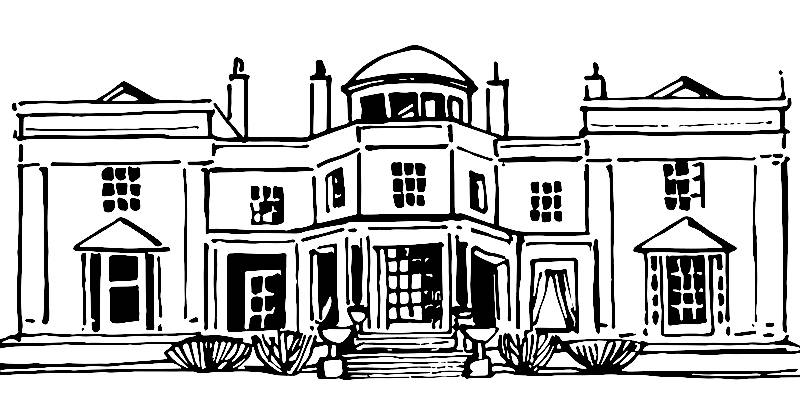
Close

Built: 1797
Sir John Legard, a Yorkshire landowner, constructed Storrs Hall in the 1790s as a permanent substitute for his holiday home on the Swiss lakes. He decided to build a residence on the shore of Lake Windermere due to its beauty, and chose what he believed was the most convenient and harmonious location on the lake. Over the years, many notable guests attended Regattas and events held at the residence, including famous poets William Wordsworth and Robert Southey.

John Legard, 6th Baronet – Born about 1758 and Died in 1808
Jane Aston – Married John Legard in 1782, Died 1833
David Pike Watts – Born in 1754 and Died in 1816
John Bolton – Born in 1756 in Ulverston, England and Died in 1837
Thomas Staniforth – Born in 1807 in Liverpool, England and Died in 1887 in Storrs Hall, England
Situated in the heart of one of the most peaceful and scenic regions of the British isles – the Lake District – Storrs Hall was built in the late 18th century by Yorkshire landowner, Sir John Legard. Over the years, both the natural beauty of the surrounding landscape and the acclaimed owners of Storrs Hall have attracted a number of renowned visitors, including William Wordsworth, who is thought to have recited Daffodils in the drawing room of Storrs Hall.
On the picturesque shores of England’s largest lake, Lake Windermere, this grade-two listed Georgian mansion stands amongst seventeen acres of nature that have since been designated as both a National Park and a Unesco World Heritage Site. In addition to Storrs Hall, Sir John Legard also built an impressive Boathouse and a Temple of the Heroes on the water’s edge – a monument dedicated to four British naval immortals, Admirals Duncan, Nelson, Howe and St Vincent, which still stands to this day.
In 1808, ownership of Storrs Hall fell to John Bolton – one of the wealthiest men of his class in the 19th century. An architect of his own fortune, Bolton acquired his vast fortune in the slave trade; perhaps unimaginable in the 21st century, Bolton’s connection to the slave trade granted him social influence and access into elite social circles among peers who had no qualms reconciling his trade with his place in high society. In his later life, Bolton became a noted philanthropist – a possible act of retribution for his earlier career – funding and supporting educational establishments that still have a positive impact to this day.
With celebrated peers, a stunning mansion, and immense wealth, Bolton was famed for hosting splendid regattas and parties during his social heyday. Even the County Ball – one of the highlights of the Lake District social calendar – was held at Storrs Hall for more than 50 years. Such events were attended by notable names from the world of politics, art, and literature, including Sir Walter Scott, Robert Southey, and Beatrix Potter.
Following a period of time hosting the staff and boys of St Hugh’s School, who were evacuated from their own buildings during World War II, Storrs Hall began its life as a glorious hotel in 1943, catering to the ever-increasing popularity of the Lake District’s scenic landscapes. Throughout the 20th century, Storrs Hall underwent a series of renovations and restorations, including the introduction of a spectacular bar purchased from Blackpool’s renowned Tower Ballroom. Purchased in 1997 by Les Hindle, Storrs Hall is now an award-winning hotel nestled amongst some of Britain’s most spectacular landscapes that offers guests a sense of peace, respite, and informal luxury.